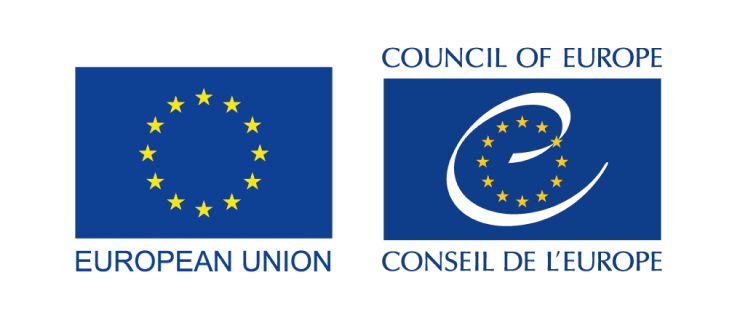International Organisation Resource
SYMPOSIUM ON “LEARNING HISTORY TO UNDERSTAND AND EXPERIENCE CULTURAL DIVERSITY TODAY”
Jean-Michel Leclercq • Council of Europe • 2007
Levels and forms of education
Resource type
Reports
Conceptual or themathic publications
Event Summaries
Historic approaches concerned
Cultural History
Historic period
No data
Countries or areas concerned
No data
Languages
English
Description
The Symposium Learning history to understand and experience cultural diversity today was held at Council of Europe headquarters in Strasbourg on 29 and 30 October 2007 in the context of the project The Image of the Other in History Teaching. There were 111 participants from most of the member states of the Council of Europe, as well as representatives of a great many international organisations involved in intercultural dialogue, including dialogue between the Muslim world and Europe. The impression that strongly emerged from the plenary sessions, round tables, working group discussions and other activities in the programme, which is appended, was that the title of the Symposium was not to be understood as referring simply to the use of resources already available in the form of historical knowledge or history-teaching practices. The idea was to come up with new ways of approaching history and new teaching methods in which young people could be actively involved. The thread running through these new approaches was the link between history and cultural diversity, which has long been established in the Council of Europe and was reaffirmed on this occasion. For this reason it seems only natural that this report should be divided into four sections. The first recalls the importance the Council of Europe affords to the historical perspective as a means of grasping the nature of multicultural societies and the way in which they operate. The second sets out the new profile to be given to historical analysis so that it effectively takes cultural diversity into account. The third section explores the most suitable ways of ensuring that pupils’ knowledge, attitudes and behaviour reflect this approach. Lastly, it should not be forgotten that the new approaches to the very conception of history and its teaching that were advocated sometimes differ radically from what has prevailed up till now. The last section will therefore try to assess how likely it is that the changes in question will actually be made and, more specifically, the extent to which the objectives the Symposium was set have been achieved.
Keywords
Symposium
Cultural Diversity
Council of Europe
Intergovernmental Programme
Image of the other
Teacher Training
Textbooks
Curricula
Local initiatives
